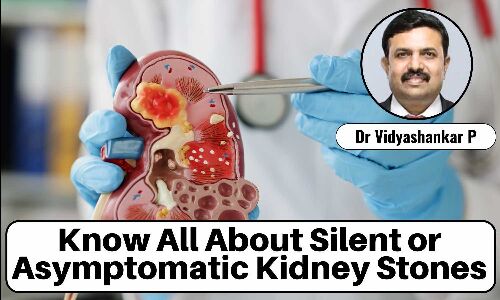‘Don’t panic’: second case of mpox confirmed in T&T - Trinidad & Tobago Express Newspapers
- ‘Don’t panic’: second case of mpox confirmed in T&T Trinidad & Tobago Express Newspapers
- Trinidad records first case of Monkeypox virus | News Jamaica Star Online
- Second monkeypox case detected in T&T | Loop Trinidad & Tobago Loop News Trinidad & Tobago
- T&T records second case of Monkeypox Trinidad Guardian
- View Full Coverage on Google News
2 years 3 months ago
Cruises see surge of Norovirus, highest in decade: CDC
2 years 3 months ago
Travel, virus, cruises, digestive-health
Public Health does not have laboratory tests that confirm the use of fentanyl on the streets
2 years 3 months ago
Health
Health – Demerara Waves Online News- Guyana
Guyana to import nurses to deal with serious shortage
2 years 3 months ago
Health, News
STAT+: How to ‘break the logjam’? Economists pitch a plan to curb dire drug shortages
2 years 3 months ago
Pharma, Pharmalot, Biotech, Cancer, Pharmaceuticals, STAT+
Medical News, Health News Latest, Medical News Today - Medical Dialogues |
Takeda voluntary withdraws US Biologics License Application for Dengue vaccine
2 years 3 months ago
News,Industry,Pharma News,Latest Industry News
Medical News, Health News Latest, Medical News Today - Medical Dialogues |
Lupin Pithampur Unit-2 facility gets EIR from USFDA
2 years 3 months ago
News,Industry,Pharma News,Latest Industry News
Health – Demerara Waves Online News- Guyana
Heart surgeons in Guyana use cow tissue to reconstruct patient’s heart
2 years 3 months ago
Health, News
Health – Demerara Waves Online News- Guyana
Guyana awaits word from US on catfish ban
2 years 4 months ago
Business, Health, News
Adolfo Pérez says the Abinader government has doubled the budget for high-cost medicines
2 years 4 months ago
Health
Medscape Medical News Headlines
Cigna to Add 3 Humira Biosimilars to Drug Reimbursement List
2 years 4 months ago
Dermatology, News
STAT+: Pharmalittle: Eisai executive to retire; Express Scripts adds three Humira biosimilars to formulary
2 years 4 months ago
Pharma, Pharmalot, Biosimilars, Pharmaceuticals, STAT+
Medical News, Health News Latest, Medical News Today - Medical Dialogues |
WBMCC invites Applications For Centralized Online Counselling of Sponsored DNB Seats, Check out details
2 years 4 months ago
State News,News,West Bengal,Medical Education,Medical Admission News,Latest Medical Education News
Be well: Recognize the warning signs of ‘dry drowning’ and take quick action
2 years 4 months ago
Health, childrens-health, be-well, health-care, lifestyle, respiratory-health







